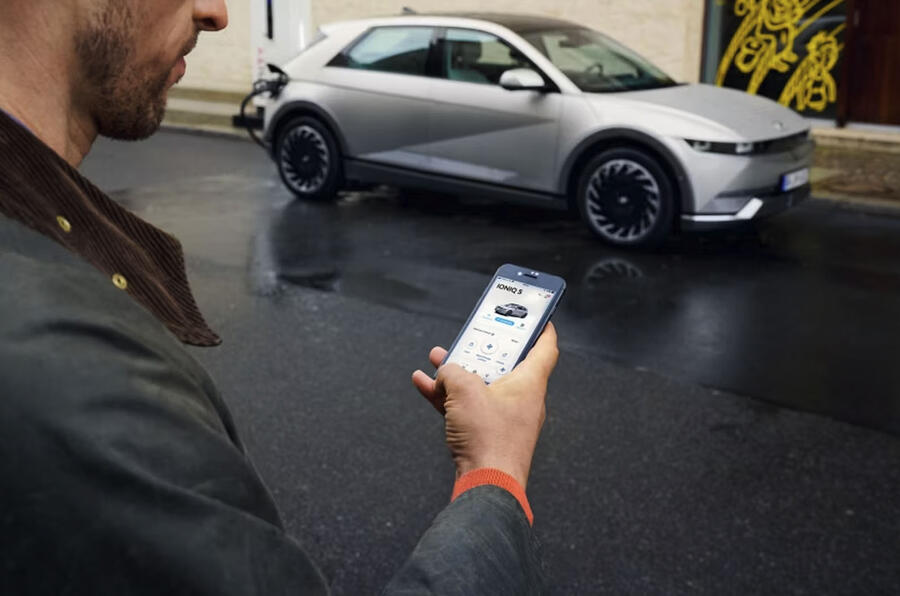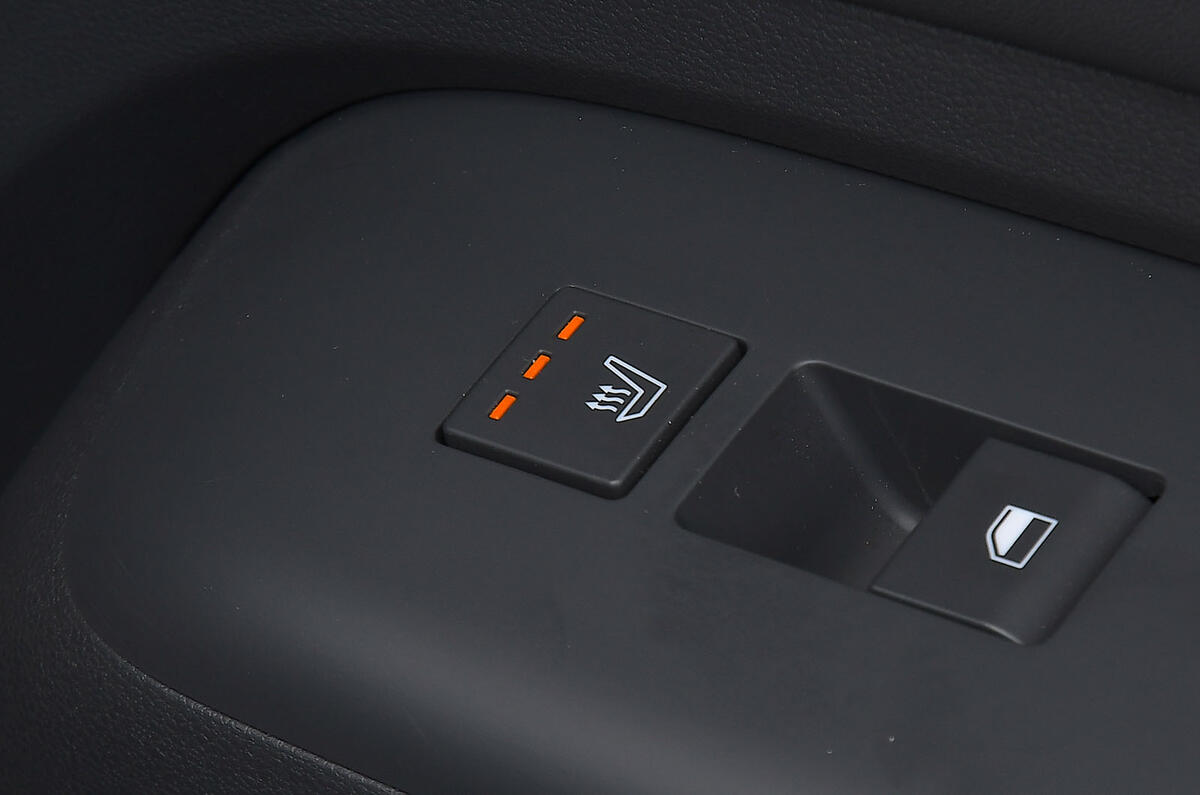Hyundai is considering introducing pay-to-use features in its cars, such as the ability to activate heated seats, as part of a move to keep connected to its customers post-sale.
“We are looking at feature-on-demand as an option, in order to add more personalisation in the car,” said Marcus Welz, head of Hyundai Connected Mobility.
Announced today, this new Europe-based division will bring the Korean company's car subscription (Mocean) and connected services (Bluelink) ventures together under one roof.
“For years we worried about how we were going to sell more cars,” said Welz. “Today we worry about 'what if all we do is sell cars?'.”
The new division is about “the future of mobility, from today owning cars to transferring to subscriptions”, added Andreas-Christoph Hofmann, Hyundai's vice-president for marketing, product and PR.
A key to the new division’s plans is a restructuring of Bluelink. Like others, this app currently allows owners to remotely control features such as pre-conditioning, locking and sat-nav.

Now, this system – available on newer models fitted with the 10.25in infotainment screen – will be offered in three grades: Lite (free for the first 10 years; in-car use of maps, online services etc only), Plus (€2.99 a month; access to all remote services) and Pro (€9.99 a month; advanced data-driven services such as in-car payments, including partner offers, to “connect drivers with surroundings”).
This is part of a push from Hyundai to get closer to customers post-sale. As part of that, feature-on-demand integration is one of the next steps – although the firm didn't confirm whether this would affect cars already on the road.










Join the debate
Add your comment
They only charge for software related features, for example navigation or parking assistance, not hardware features like heated seats
So what happens if a persistent fault happens linked to some unused and unasked for hardware fitted in the car from new. Imagine if this is an out of warranty problem for the 2nd or 3rd owner, does that mean that that cars of this age now become unsellable once they get a reputation for faults. How many over the air updates cause issues now as cars get more complex.
I'm joking of course, it would have to be a credit card swipe slot.